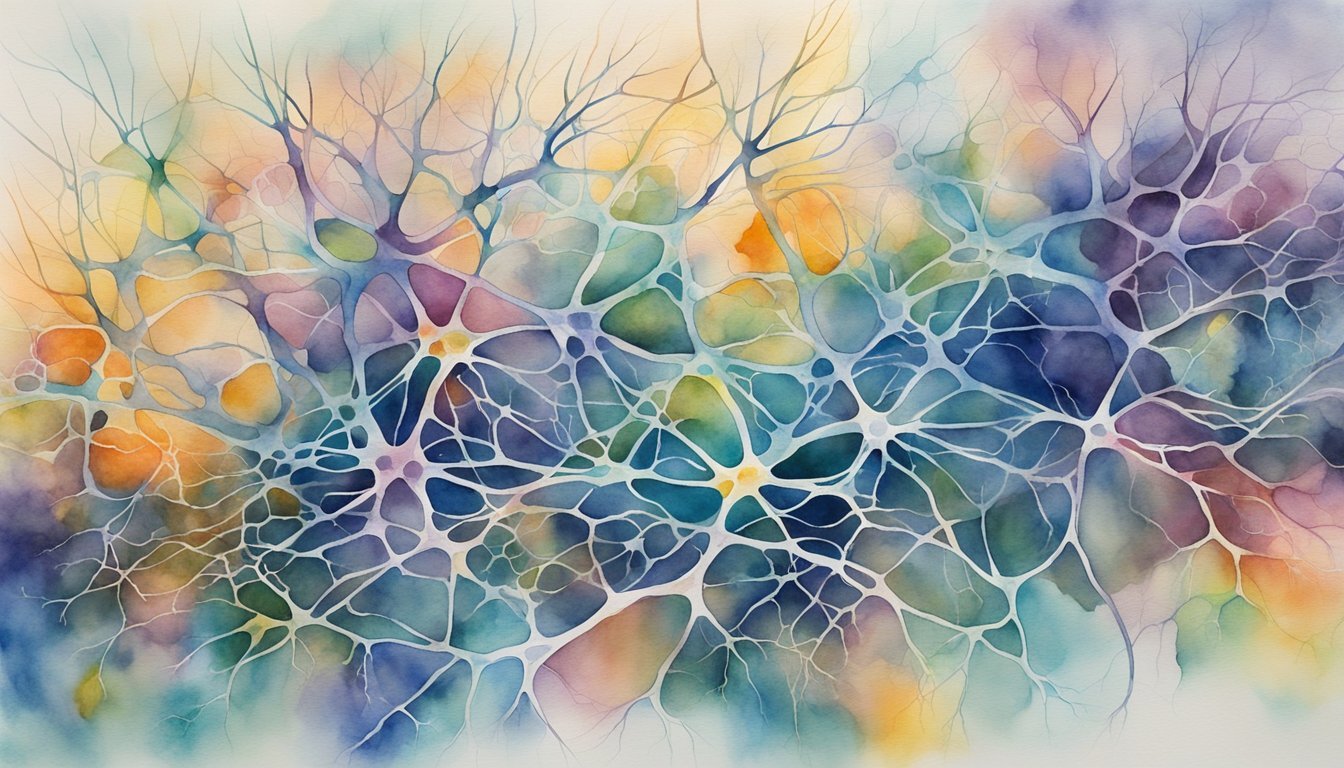Understanding Dreams: An Overview
The Nature of Dreams
Dreams are a natural part of healthy sleep, with most people spending approximately two hours each night in various dream states. While the exact purpose and function of dreams remain a subject of scientific debate, researchers have found that dreaming is essential for the brain’s health, and it plays a role in memory consolidation, emotional regulation, and creative problem-solving. Dreams can be vivid, bizarre, and sometimes even frightening – yet they are a universal human experience.
Stages of Sleep: REM and NREM
There are two primary stages of sleep: Rapid Eye Movement (REM) and Non-Rapid Eye Movement (NREM). During the NREM stage, which consists of three phases, the body and mind gradually settle into a deep, restorative sleep. When the REM stage occurs, the brain becomes more active, muscles become paralyzed, and dreaming most frequently occurs. The dreams that happen early in the sleep cycle are generally shorter, while dreams tend to lengthen as the night progresses and individuals spends more time in each sleep phase.
Psychological Perspectives on Dreams
Throughout history, various theories have attempted to explain the meaning and purpose of dreams. Sigmund Freud was among the first scientists to explore dreams, examining their connection to the emotions and behaviors they provoke. Freud suggested that dreams serve as a window into the unconscious mind, revealing hidden desires and anxieties.
Modern dream research has ventured beyond Freud’s theories, with cognitive, neuroscientific, and psychological approaches to study dreams. Current evidence suggests that dreaming is intimately connected to processes such as memory, problem-solving, and emotional processing. For example, researchers have found that dream recall is linked to the brain’s ability to consolidate memories and experiences, while nightmares may be associated with anxiety, depression, and other psychiatric conditions.
In conclusion, the science behind dreams is incredibly complex and encompasses various aspects of the human experience. As the study of dreams continues to evolve, our understanding of this fascinating phenomenon grows, offering valuable insights into the workings of the human mind.
The Mechanics of Dreaming

Brain Activity During Dreams
Dreaming can take place during both REM and non-REM sleep, with the majority of vivid dreams occurring during REM sleep. During this phase, the brain is highly active, showing patterns on an EEG that closely resemble those of an awake individual. Specific parts of the brain like the amygdala, hippocampus, and visual cortex become highly active during dreams, while the prefrontal cortex experiences a decrease in activity. This results in the heightened emotional aspect of dreams and the suppression of rational thought. Researchers have found that the brain’s activity during dreams is similar to when an individual is awake and perceiving the world around them, with neuronal signals firing in response to the dream’s virtual reality.
The Importance of Dream Research
Dreaming has long been an area of interest for philosophers, psychologists, and neuroscientists. The first scientific dream research began with Hans Berger’s work on EEG and continued with the discoveries made by Eugene Aserinsky and Nathaniel Kleitman regarding REM sleep. Studying dreams allows scientists to gain insight into the neuroscience of sleep and the significance of brain activity during this time. A popular theory proposed by Sigmund Freud is that dreams served as an outlet for unconscious wishes or acted as a form of repression. However, modern research suggests that dreaming could hold potential benefits for creativity, problem-solving, and emotional regulation.
Practical Applications of Dream Studies
Scientists have explored various practical applications of dream studies, including the understanding and treatment of sleep disorders, the enhancement of creativity and problem-solving skills, and potential uses in psychotherapy. Lucid dreaming, in which an individual becomes aware that they are dreaming and can potentially control their dream content, has been studied as a way to address recurring nightmares and improve mental health. Research into the neural connections and brain plasticity developed during dreams could also provide valuable information on how the nervous system develops and adapts throughout our lives. Overall, dream studies contribute greatly to our understanding of brain activity, human perception, and the fascinating interplay between our waking and sleeping states.

